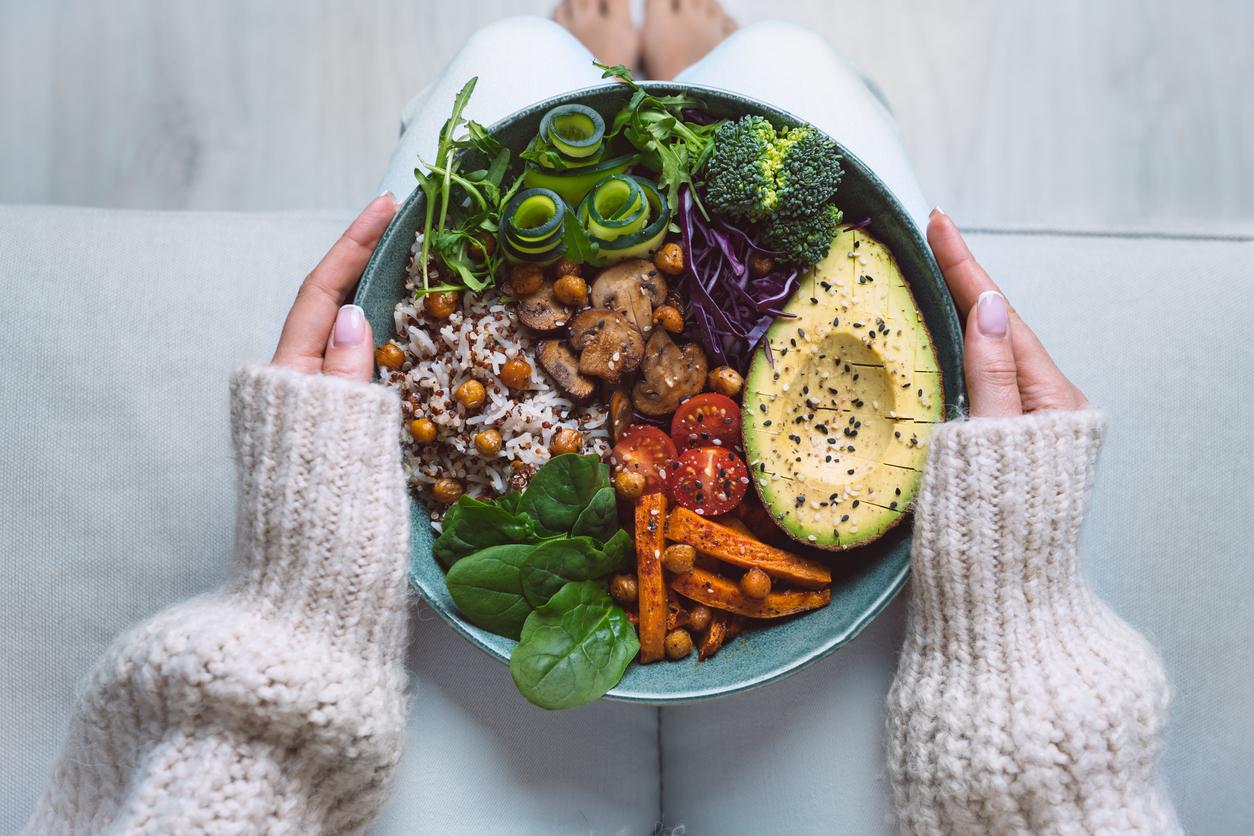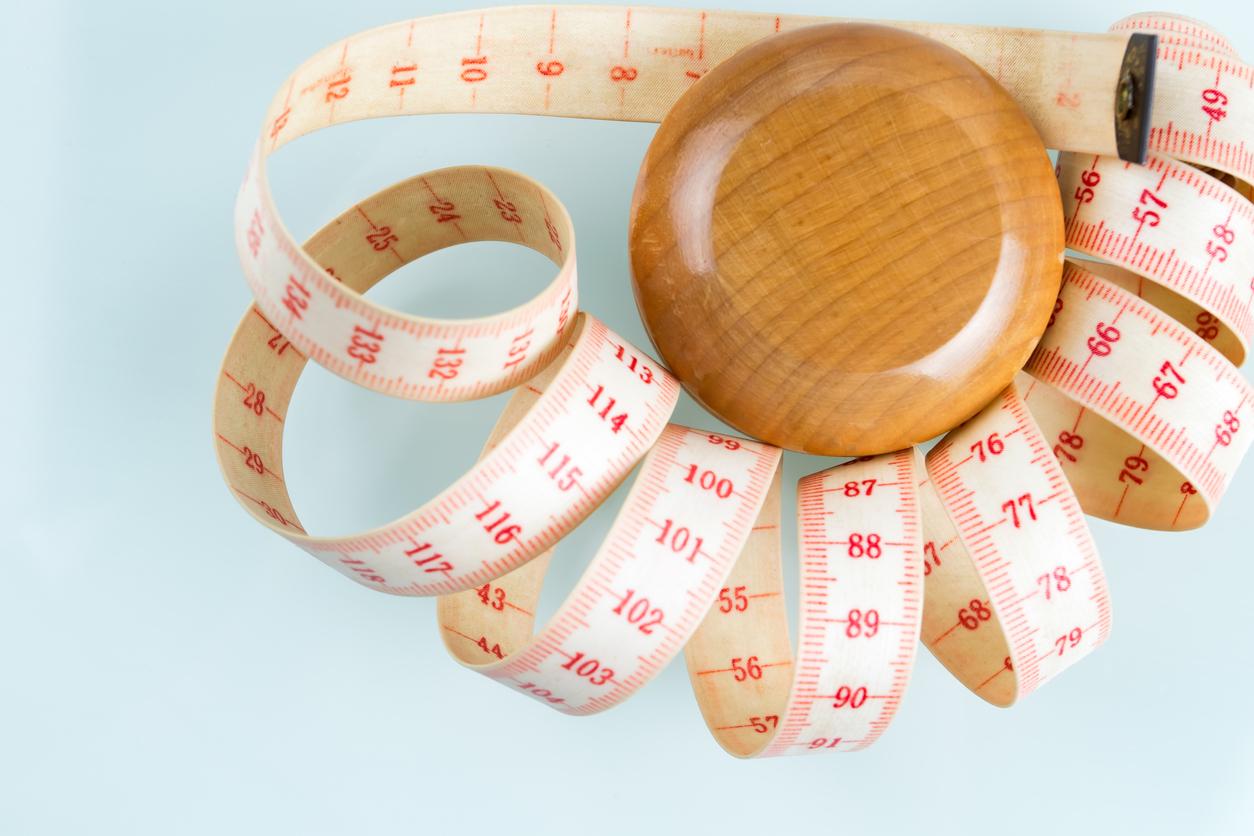
8 no-nonsense tips to keep lines full
How many times has it happened? You set out to lose weight from January 1, but a year later you were still at the same weight, or more… These no-nonsense tips will help you to a leaner year.
1. Go slow
Let’s be honest: have your previous weight loss attempts failed because you went too fast? You wanted to lose those pounds quickly, followed a crash diet, resolved never to eat sweets again or suddenly started exercising like a wild man.
Such a fanatical approach is doomed to failure. Eight out of ten dieters do not maintain the new weight for a year. The most common mistake is that people set unrealistic goals and want to lose weight too quickly. Losing weight slowly is much more successful in the long run. So set yourself a modest goal. Try not to lose four or even five kilos in a month, but at most two kilos. And start with one new good habit, such as taking a 15-minute evening walk four times a week. The following week, adopt another new habit, such as not drinking alcohol for at least three days. The following week you will only eat fruit as a snack. The following week, drink a glass of water before each meal. In six months, in 26 weeks, you will have 26 new healthy habits and you will be slimmer.
2. Use your imagination
Research by a Canadian team of psychologists shows that good intentions have a better chance of success if you make them as concrete as possible. An example? Don’t think, “I’ll go for a walk in the evening more often.” That is not specific enough. This is: ‘I go for a walk four times a week, right after dinner, and then I take the route along the forest. I walk at a brisk pace, without getting out of breath.’
The researchers in Canada put 177 people to the test, divided into two groups. They asked them to eat a lot of fruit for a week. One group made a concrete plan and even practiced it in their minds: the time when they would eat fruit, walk to the fruit bowl, grab a knife, peel the fruit and eat it. The other group just figured it out. The group that made a concrete plan and also visualized it ate twice as much fruit as the control group.
3. Get rid of the scale
Don’t step on it every day, or better yet, throw that damn thing away. Many people let their mood be determined by the pointer of the scale. Scientists have long agreed that the waist is a better measure of excess weight than body weight. Measure your waist
the narrowest part of your waist (between the top of the pelvis and the bottom of your lower rib). For women, the ideal circumference is between 68 and 80 centimeters, for men between 79 and 94 centimeters. If the circumference is greater than 102 centimeters (men) or 88 centimeters (women), then it is really important to take action: your health is at risk.
4. Move secretly
Is exercise necessary if you want to lose weight? Yes really. Do you have to go to the gym for that? No, and certainly not if you don’t like it. Instead, try to weave exercise into your everyday life. So from now on, do your weekday shopping by bike. And always take the stairs, because climbing stairs consumes five times as many calories as using the elevator.
For example, do abdominal exercises and push-ups when standing up. And also take an evening walk. This way you can still put a lot of exercise into your day. A nice goal is ultimately an hour of exercise a day. With that amount, it is possible to prevent relapse after weight loss, according to research among successful loseers.
5. Know why you eat
Hunger is by no means the only reason to eat. There are many more. Boredom, for example, fatigue, anger or sadness. Be honest with yourself and find out why you want to eat. Are you really hungry or is there something else going on? When you are sad, is it possible to eat that sadness away, or is that comfort short-lived? Are there other ways to deal with your bad feelings, such as a walk, a good conversation, or a warm bath? And isn’t it better to let that sadness in, instead of hiding under a bar of chocolate?
6. Eat unlimited (vegetables)
You can of course torture yourself with a strict, boring and frugal diet in which you weigh everything. But with that you run a serious risk of deficiencies in, for example, vitamins, according to research. Instead, be inspired by one of the healthiest diets in the world: the Mediterranean diet. Salads, pasta, grilled fish, stews with lots of vegetables, nuts and olives: that is not only very tasty, it is also very healthy. The best thing about the Mediterranean diet is that it contains generous portions of fruits and vegetables. Those colorful ingredients are truly miracle cures for dieters: they are filling, provide many vitamins, but few calories. Especially vegetables you can really eat unlimited.
Make it a good habit to eat fruits and vegetables with every meal. Fruit through the muesli at breakfast or a kiwi with the sandwich, a soup or salad at lunch. And with the hot meal, fill at least half your plate with vegetables, for example a warm vegetable dish and a salad.
7. Find a neighbor
Losing weight is not easy. No matter how good your intentions are, there will always be times when you just don’t see it right. It helps enormously if you have a sounding board. Just as it helps if you go for a walk, garden or swim with someone else. Of course you don’t necessarily have to join a weight loss club, but you should seek support in your environment, for example from your partner, neighbor or colleague. Or with an expert: the dietician. Ask your health insurer whether this is reimbursed by the (supplementary) insurance.
8. Invest in your muscles
Popular diet gurus like Dr. Frank, Montignac and Dr. Atkins preach the high-protein diet as the panacea for rapid weight loss. Their diets are very strict and contain mainly meat, fish and egg, and no bread, pasta and sometimes no fruit. Doomed to fail, such a strict diet. Every Dr. Frank follower eventually craves stew or a sandwich so much that he gives up. But eating more protein is a good idea if you want to lose weight, according to the international Diogenes study. Proteins provide a lot of satiety. In addition, sufficient protein helps to maintain muscle tissue. This is very important, because muscles give your body shape and strength. Muscles are ‘active’ tissue: they consume more calories than fat tissue. Even when you are sitting or sleeping! This keeps the metabolism up and you are less bothered by the dreaded yo-yo effect.
How do you do that, eat more protein? In any case, do not cut back on meat, fish or meat substitutes for the hot meal, but continue to eat a large portion (prepared at least 100 grams). Preferably choose lean meat, such as chicken breast, pork tenderloin, tartare or a pork steak. Regularly choose fish or vegetarian substitutes such as egg, soy and legumes. Also preferably take savory toppings on bread, such as (fried or boiled) egg, mackerel or other fish or meat products. And take 2 to 3 servings of low-fat dairy per day, such as cottage cheese, yogurt, milk or buttermilk.
Sources):
- Plus Magazine

















